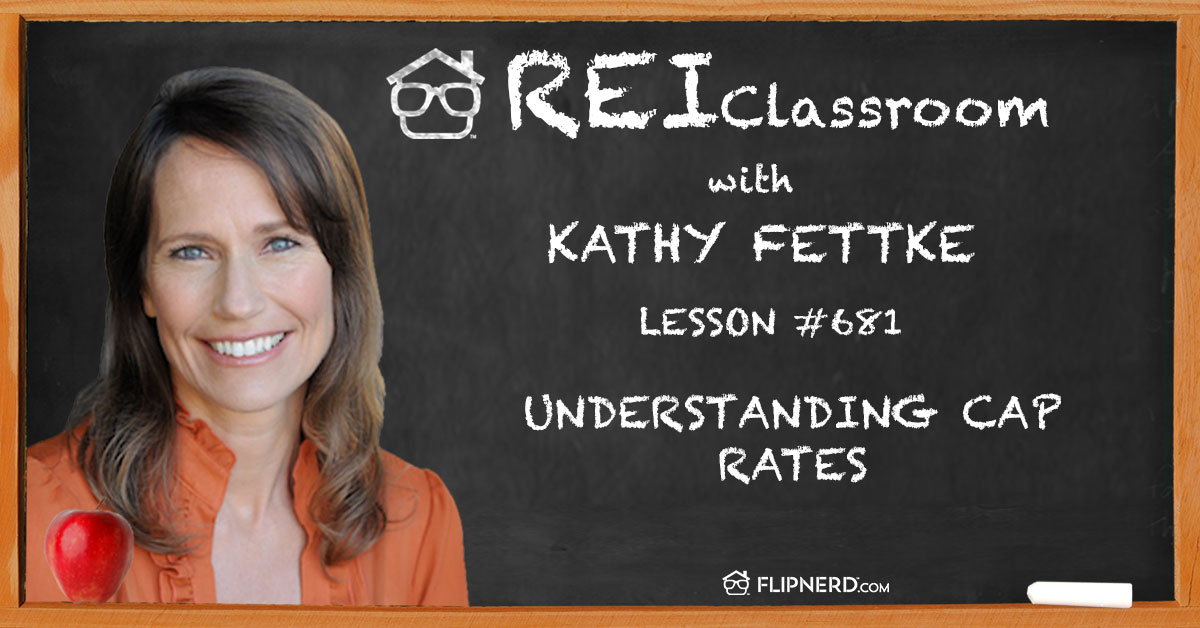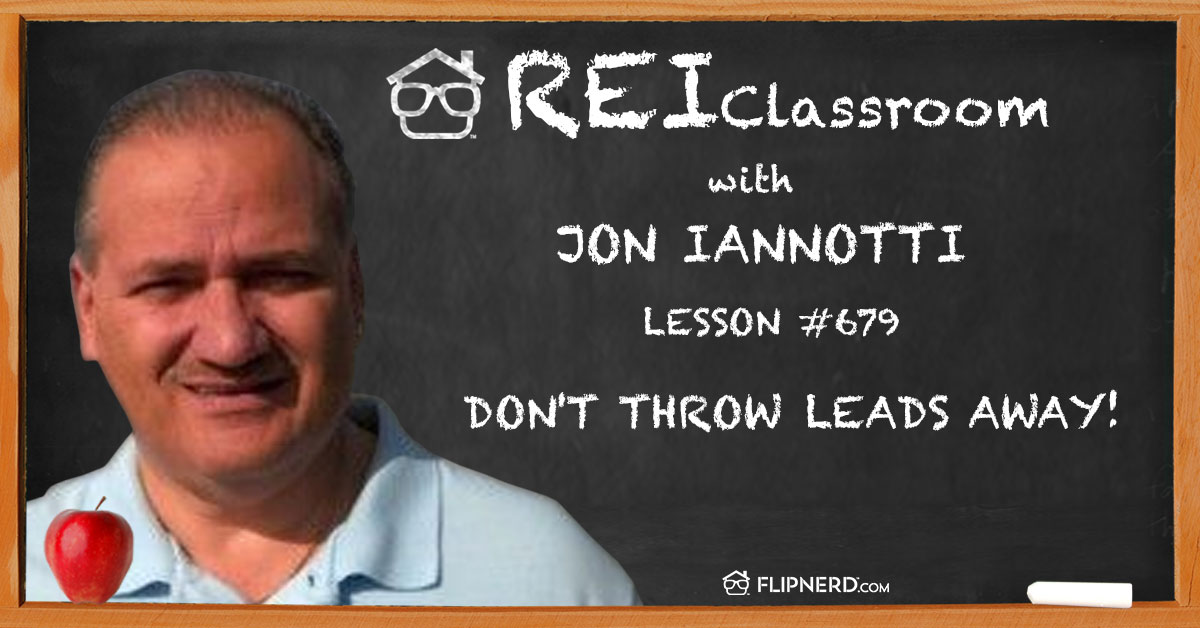Today’s REI Classroom Lesson
Blake Yarborough goes over how he estimates his pricing for rehabs. Listen in as he shares how he calculates roofing costs, flooring, title, electrical, etc.
REI Classroom Summary
While it varies from city to city, Blake provides ways to estimate how much a rehab will cost, including a way to get a rough estimate on the entire rehab by knowing the sq. ft. of the property.
Listen to this REI Classroom Lesson
Real Estate Investing Classroom Show Transcripts:
Mike: Welcome back to the flipnerd.com REI Classroom, where experts from across the real estate investing industry teach you quick lessons to take your business to the next level. And now, let’s meet today’s expert host.
Blake: Hello, this is Blake Yarborough, today’s host for REI Classroom. I’ve rehabbed literally hundreds of houses at this point. From time to time, people ask me how I price out houses on rehab.
Mike: This show is sponsored by passiverental.com.
Blake: There’s really two different ways. I can walk through a house in about a handful of minutes, pretty much have my estimates together. Before I get into the detail, which if you’re interested in this, you might want to get a pen and paper out. If I’m simply looking at a house remotely and I’m not there looking at the house, but I’m seeing some pictures, there’s a little basic rule I used to follow. These rules kind of carry for anything except major mechanical or roof or foundation.
But if you go with $10 per square foot here in Houston, Texas or in Texas, a lot of times, your rehab on an average rehab comes out pretty close to 1,500 square foot, you’d say $15,000 in rehab. If it looks clean, you might say $8 square foot. If it looked like a real dog, you might say $12 or maybe even $1 or $2 more.
But next time you’re starting to rehab a house, look at that $8, $10 or $12 and then add any foundation cost, roof cost or AC cost. And you may be surprised that it works out pretty close unless you’re grossly overpaying. So it’s just the way I help me keep things in check and also if it’s a higher end area obviously, your rehab is going to be, finishing materials are going to be more expensive, stuff like that.
But to get into it, when I’m looking at a bid, I kind of compare it versus these numbers. First thing’s first, exterior paint, I use a $1 square foot minus brick. So if it’s mostly brick and it’s a 1,500 square foot house and it’s half-brick, I use 750 times $1, $750 is what it would cost me to paint the exterior of that house. We go inside the house. Usually, $1.25 or $1.35 is reasonable, 1,500 square foot house, $1.35 would be somewhere around just over $2,000, $2,250, somewhere like that would be reasonable.
To put a new roof on a house, what I do is I double square footage of the house, 1,500 square foot. If it has a two-car garage, it’s another 400 square feet, add that if it’s attached. So we’re double $1,900, $3,800, and add $500 or $1,000. Let’s just add $1,000. That roof should cost you less than $5,000 to put on. So instead of worrying about getting a bid, if you use that calculation and you’re getting reasonable pricing on your roof, it should be right in that range, $4,500 to $5,000. A lot of people don’t know how to price out a roof.
If you’re looking at air conditioning systems, I’ve got guys that just to fill up insulation up in the attic, $400 to $600, typically. To run duct work, new duct work, don’t have to do that very often, but from time to time you do, $1,000 to $1,500. I’ve done it myself. It’s not that hard. It’s hot up there.
New air conditioning has gone up recently. They’ve gone to new gasses. They’re getting away from our old R22. So a lot of people are pushing for new systems. First thing’s first, I’m not an AC tech, but they can use nitrogen, clear it out and a lot of times they can use the same parts of the same system with the new gas that they can on R22. Check your AC guy. But a new three-ton, full system should cost you about $4,000. Time to time you can get it done cheaper than that. A four-ton system, it will probably be close to $5,000.
When you’re doing tile inside the house, it’s roughly $2.50. It’s $1.50 to $2 for labor and 70 cents to the dollar for the tile typically. Be careful, some guys want to charge you up to $1 for removal and that’s where they get you sometimes.
If the house has foundation issues, without getting too technical, they put a pier up every six feet, so if it’s just pinning up a corner of a house, maybe $2,000. If it’s got a little bit more than that, go ahead and figure $3,000, $3,500. If it’s really major, figure $5,500 to $6,000. I’m doing a major one right now, $5,000, and I’m pretty sure I’m going to have to reroute the plumbing and that’s my next thing.
To reroute the plumbing, if it’s major and it’s sinking in the middle of the house, it’s not just the foundation. It’s a drain line. So what you’ll have to do is reroute the plumbing around the exterior of the house. Most bathrooms are on the exterior, so it’s not that hard, it’s just a lot of labor. It’s somewhere $4,500 to $6,000 depending on your deal.
Granite, when I put granite in a house, I don’t go with the cheapest level because I think it looks cheap, but a good Santa Cecilia or something like that is a common granite and you can usually get it in the kitchen and, most houses I get it in the kitchen and bathrooms for under $2,000. A bigger kitchen may cost you $3,000. If you go high-level granite, $4,000. Hopefully stay pretty close to this.
On those cabinets, I don’t replace cabinets very often, but I can go to Home Depot and buy some plain white cabinets for a galley kitchen for $1,500 and I’m done. A little bit nicer kitchen, maybe $2,500 on cabinets. I just spent $6,000 and it’s a $354,000 house and it’s a lot of cabinets, but it has a lot of wow factor in the kitchen. We expanded the kitchen. Typically I like to replace fixtures, get away from the old brass, the old dated stuff, the new cheap stuff still looks good. It’s a lot of inexpensive stuff that looks good.
Electrician, if you’re replacing a 200-amp breaker, shoot for $1,200 or less for the replacement of it. If you have to rewire the whole house, say in a fire or something like that, then maybe a $1,500 square foot house might be $3,500. When I’m walking through a house to look at it, I don’t break down every piece of the bathroom. I walk by, I’ll say hall/bath about $1,500. What that will include is it’s already included in some of the granite, get new fixtures, maybe a new mirror. That will include a surround, new fixtures holding a tub and shower.
From time to time, I do replace the tub, but that ought to get you a pretty close barometer on what you need for the bathroom. Master bath, some bathrooms are bigger. You might go to $2,500. It might allow you to do some more things in there. We can get a lot more detailed on that. I’m just trying to make estimating rehabs easy.
It’s not always you want to remove walls, but a lot of people are going for the open spaces. So to remove the wall and put a header up in the attic, the header could be $1,500 to $2,000. So budget about $2,500 to $3,000 for that.
I’m going to be wrapping this up pretty quick. There’s siding. Siding is hard to estimate. Say if I’m doing the eaves and some little trim stuff, maybe $3,000 for Hardie. If it’s a little bit more of the house, go ahead and budget $5,000. Landscaping, I typically do $500 to just clean up or $1,500 to do some basic landscape. Once again, that affects the curb appeal.
What else? Water heaters, $250-$350 to buy. So try to pay $600 to $800 to get them installed and I guess that’s about it. In flooring, I simplify it. A lot of times I might go $3 for the whole house square footage, just combine carpet in the bedrooms plus the tile, whatever. If it’s a nicer house, you could kind of stretch it up. But I try to price everything basically on a price per square foot and it makes it easy and a lot of times it does equal that $10 square foot plus make it mechanical.
Once again, this is Blake Yarborough. Sorry if I threw a lot of numbers at you, but hopefully this helped.
Mike: Passiverental.com is your source for turnkey, done-for-you rental properties. If you’d like to be an investor and not a landlord, please visit passiverental.com to learn how to purchase cash flowing professionally managed rental properties in the hottest rental markets across the country. We can also help connect you with financing for your next property. Invest the easy way today and get started by visiting passiverental.com.
Please note, the views and opinions expressed by the individuals in this program do not necessarily reflect those of flipnerd.com or any of its partners, advertisers, or affiliates. Please consult professionals before making any investment or tax decisions as real estate investing can be risky.
Are you a member yet of flipnerd.com, the hottest real estate investing social community online? If not, you can join for free in less than 30 seconds and get access to hundreds of off-market deals, vendors in your market to help you and your business, and you can start networking with thousands of other investors just like you. Get your free account now at flipnerd.com.
Please check out the FlipNerd family of real estate investing shows, where you can access hundreds of expert interviews, quick tips and lessons from leaders across the real estate investing industry. They’re available at flipnerd.com/shows or simply search for FlipNerd in the iTunes Store.









